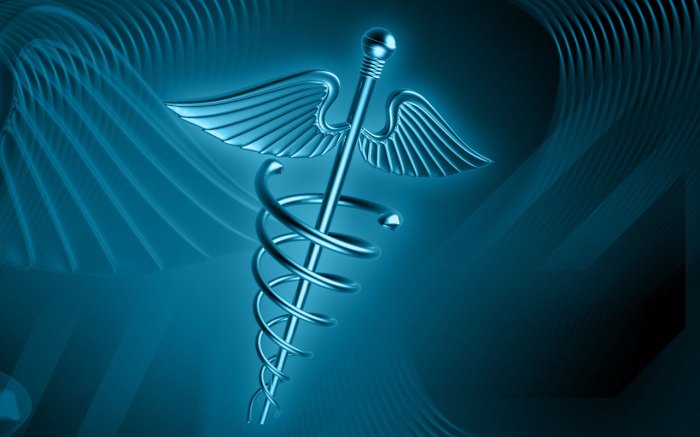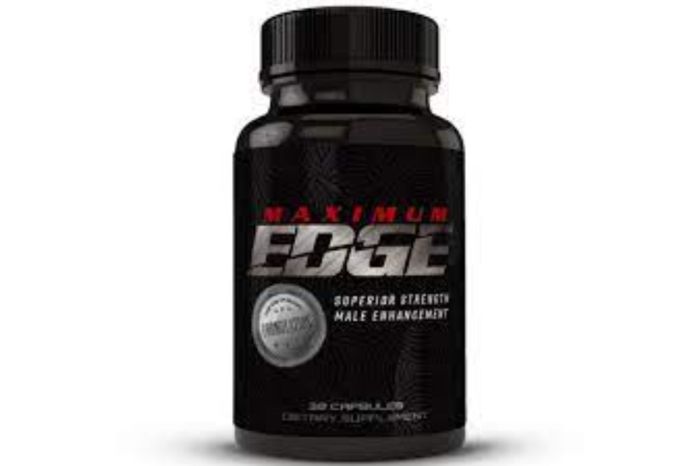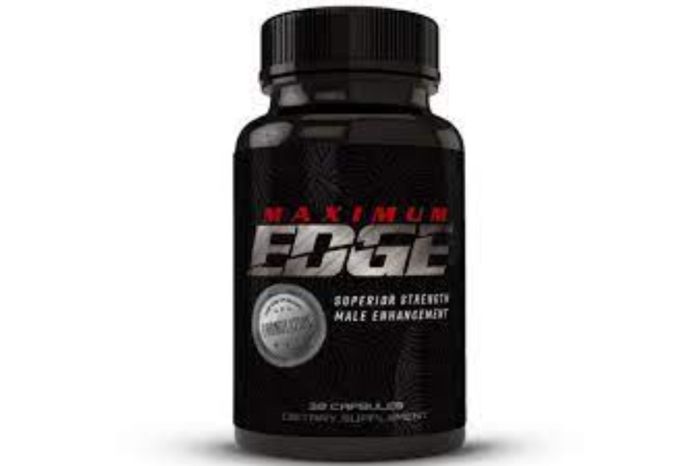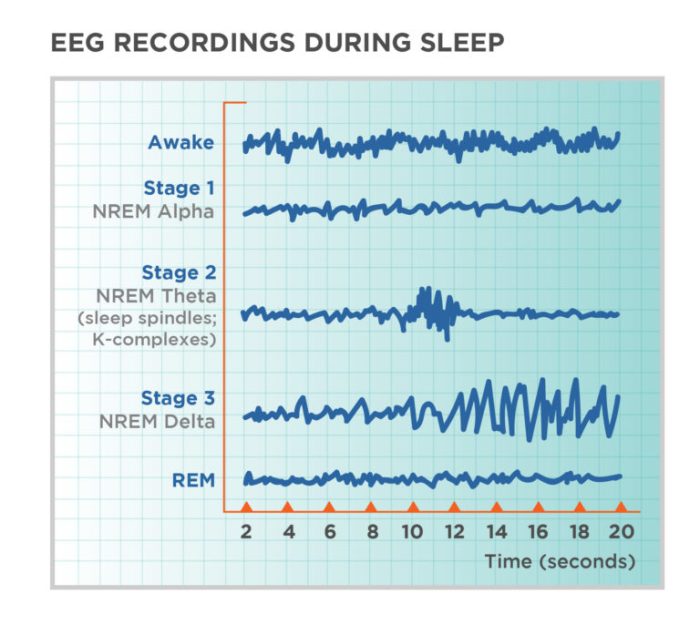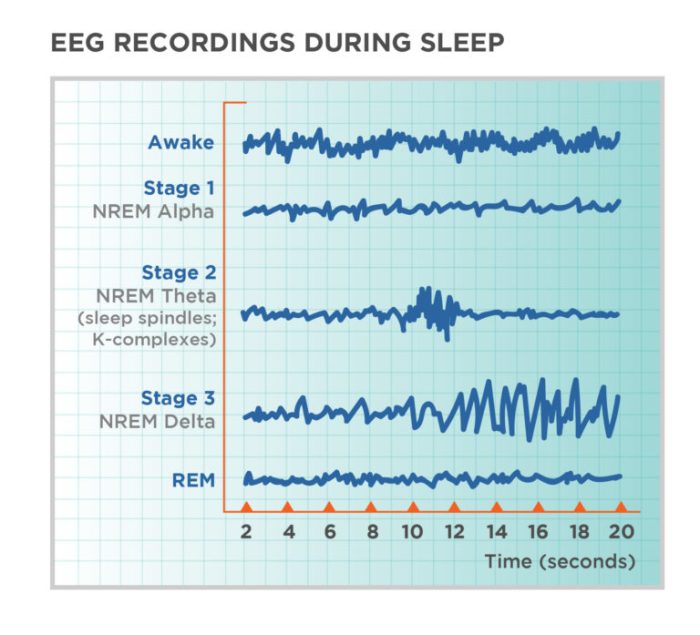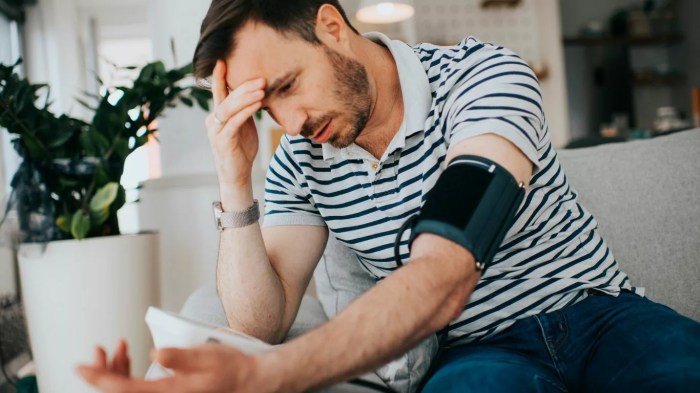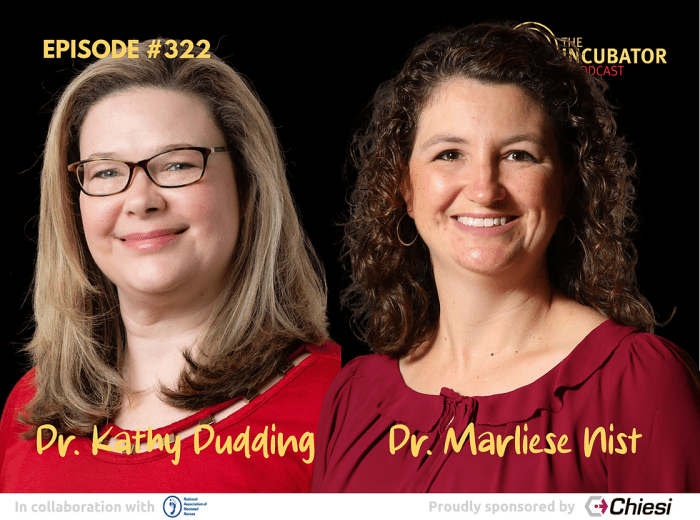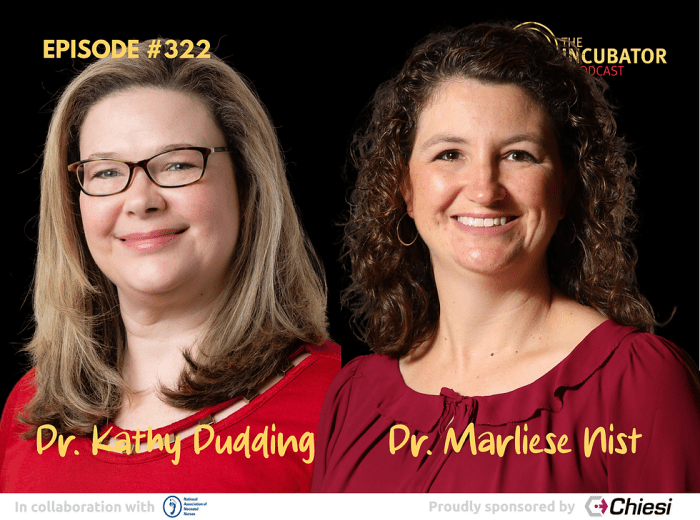Medical ozone therapy for spine conditions is gaining traction as a potential treatment alternative. This exploration delves into the science, safety, and efficacy of using ozone to address various spine ailments. We’ll examine the different methods, mechanisms, and clinical evidence surrounding this therapy, providing a comprehensive overview for those seeking to understand this burgeoning field.
This approach utilizes ozone, a reactive oxygen species, to potentially address inflammation, oxidative stress, and tissue regeneration in the spine. We’ll explore the various spine conditions treatable with this method, such as herniated discs and spinal stenosis, along with the associated benefits and potential risks. We’ll also compare this therapy to more conventional treatments, and analyze the available clinical evidence to assess the validity of this treatment approach.
Introduction to Medical Ozone Therapy
Medical ozone therapy utilizes ozone, a highly reactive form of oxygen, for treating various medical conditions. This treatment method involves administering ozone in different forms and concentrations to the body, aiming to stimulate the body’s natural healing processes. It’s important to note that the efficacy and safety of ozone therapy are still debated in the medical community, with some research suggesting benefits and others raising concerns about potential risks.This approach is often applied in conjunction with conventional medical treatments, rather than as a replacement for them.
While promising results are reported in some cases, more rigorous clinical trials are needed to establish its effectiveness and long-term safety profile for various conditions.
Methods of Administering Ozone Therapy
Different methods exist for administering ozone therapy, each with its own approach to delivering ozone into the body. These methods vary based on the target area and the desired therapeutic effect.
- Intra-articular Ozone Therapy: Ozone is injected directly into a joint, often used to treat osteoarthritis, rheumatoid arthritis, and other joint conditions. This method aims to reduce inflammation and pain within the joint capsule.
- Intramuscular Ozone Therapy: Ozone is injected into muscle tissue. This is sometimes employed for muscle injuries, myofascial pain syndromes, and other musculoskeletal issues. It is thought to improve blood flow and reduce inflammation.
- Intravenous Ozone Therapy: Ozone is infused directly into the bloodstream. This method is utilized in a wider range of conditions, including but not limited to, chronic fatigue syndrome and certain immune disorders. It aims to enhance the body’s overall oxidative capacity.
- Inhalation Ozone Therapy: Ozone is administered through inhalation. This method is sometimes employed for respiratory conditions like asthma and chronic bronchitis. The ozone is intended to promote lung function and reduce inflammation.
Chemical Properties and Mechanisms of Action
Ozone (O 3) is a highly reactive allotrope of oxygen. Its chemical reactivity stems from its unstable molecular structure. Its mechanism of action within the body is complex and not fully understood.
“Ozone’s interaction with biological tissues involves a cascade of biochemical reactions that can lead to the production of reactive oxygen species (ROS), which in turn can trigger cellular responses.”
These reactions can influence inflammation, immune responses, and cellular metabolism. The effects of ozone are believed to be related to its ability to stimulate the body’s natural healing mechanisms and improve blood flow.
Historical Context and Evolution
The use of ozone therapy dates back to the late 19th century. Early pioneers explored its potential in various medical contexts. Over time, the understanding and application of ozone therapy evolved. The use of ozone therapy in medicine has experienced periods of popularity and controversy, reflecting the ongoing research and debate regarding its efficacy and safety.
Medical ozone therapy for spine conditions is gaining traction as a potential treatment option, but understanding the specific needs of each condition is crucial. For instance, if you’re dealing with neck pain, it’s important to grasp the specifics of neck osteoarthritis, which you can find out more about in this helpful guide: neck osteoarthritis what you need to know.
Ultimately, while medical ozone therapy shows promise, a personalized approach is key to maximizing its effectiveness for your spine.
Comparison of Ozone Therapy Devices
| Device Type | Mechanism | Advantages | Disadvantages |
|---|---|---|---|
| Intra-articular Injection Devices | Precisely delivers ozone into the joint. | Targeted treatment, potential for localized effects. | Requires skilled administration, potential for complications if not administered properly. |
| Intravenous Infusion Devices | Delivers ozone directly into the bloodstream. | Potentially addresses systemic conditions. | Requires specialized personnel and facilities, higher risk of adverse events. |
| Inhalation Devices | Administers ozone via inhalation. | Addresses respiratory conditions, potentially convenient. | Precise dosage control can be challenging, safety concerns regarding inhalation of ozone. |
| Ozone Generators | Produces ozone gas from oxygen. | Cost-effective for some applications, flexibility for various methods. | Requires expertise in safe operation and handling, potential for accidental exposure to high concentrations of ozone. |
Spine Conditions and Their Relevance
Ozone therapy, a non-invasive treatment modality, shows promise in managing various spine conditions. This approach leverages the therapeutic properties of ozone to address underlying inflammation and promote tissue regeneration, potentially offering a complementary or alternative treatment option for individuals seeking relief from chronic pain and discomfort. However, it’s crucial to understand the specific spine conditions suitable for ozone therapy, the mechanisms involved, and the potential benefits and risks associated with this treatment.Understanding the underlying causes and symptoms of spine conditions is vital for determining the suitability of ozone therapy.
Different conditions may respond differently to this treatment, highlighting the importance of personalized assessment and treatment plans. Current standard treatments for these conditions often involve pain management strategies, physical therapy, and in severe cases, surgical interventions. Ozone therapy presents a potential alternative or adjunctive approach, aiming to address the root causes of inflammation and promote healing.
Common Spine Conditions Treatable with Ozone Therapy
Common spine conditions treatable with ozone therapy include herniated discs, spinal stenosis, and osteoarthritis of the spine. These conditions often involve inflammation, nerve impingement, and degenerative changes in the spinal structures, leading to chronic pain and limited mobility. Careful consideration of the individual patient’s condition and the specific mechanisms of ozone therapy are essential for determining suitability.
Underlying Causes and Symptoms of Spine Conditions
Herniated discs occur when the soft inner material of a spinal disc protrudes, putting pressure on nearby nerves. Symptoms can include pain, numbness, tingling, and weakness in the affected area. Spinal stenosis involves narrowing of the spinal canal, often impacting nerves and blood vessels. Symptoms often include pain, numbness, and cramping, especially in the lower back and legs.
Osteoarthritis of the spine is a degenerative condition characterized by the breakdown of cartilage between vertebrae. Symptoms may include stiffness, pain, and reduced range of motion.
Current Standard Treatments for Spine Conditions
Current standard treatments for herniated discs often include pain management, physical therapy, and, in some cases, surgery to decompress the affected nerves. For spinal stenosis, treatment options include pain medication, physical therapy, and potentially surgical decompression procedures. Osteoarthritis of the spine is commonly managed with pain relievers, anti-inflammatory medications, physical therapy, and in severe cases, spinal fusion surgery.
These treatments often focus on alleviating symptoms rather than addressing the underlying causes of the conditions.
Potential Benefits of Ozone Therapy for Spine Conditions
| Spine Condition | Potential Benefits of Ozone Therapy |
|---|---|
| Herniated Discs | Reduced inflammation, improved nerve function, enhanced tissue regeneration |
| Spinal Stenosis | Reduced inflammation, improved nerve function, improved blood circulation |
| Osteoarthritis of the Spine | Reduced inflammation, improved cartilage health, enhanced mobility |
Potential Risks and Complications Associated with Ozone Therapy for Spine Conditions
Ozone therapy, while potentially beneficial, carries inherent risks. Possible complications include infection, allergic reactions, and nerve damage. The procedure’s invasiveness and potential for adverse effects necessitate careful patient selection and strict adherence to established protocols. Furthermore, individual patient responses to ozone therapy can vary, highlighting the importance of individualized treatment plans.
Mechanisms of Action for Spine Conditions

Ozone therapy for spine conditions operates on a multi-faceted mechanism, aiming to reduce pain, inflammation, and promote tissue repair. It’s crucial to understand that while promising, more rigorous research is needed to fully elucidate the precise mechanisms and validate their efficacy in different spinal pathologies. The hypothesized effects of ozone therapy are largely attributed to its impact on inflammation, oxidative stress, and tissue regeneration within the spine.The underlying theory proposes that ozone, when introduced into the body, triggers a cascade of biochemical reactions.
These reactions are hypothesized to modulate the inflammatory response, potentially reducing pain signals and promoting tissue healing. Furthermore, ozone’s role in addressing oxidative stress and stimulating regenerative processes is believed to play a vital role in the observed therapeutic outcomes.
Inflammation and Oxidative Stress Reduction
Ozone therapy’s effects on inflammation and oxidative stress are key to its potential benefits for spine conditions. Inflammation is a complex biological response to tissue damage or infection. Ozone is hypothesized to modulate inflammatory mediators, reducing the cascade of inflammatory reactions and consequently, pain. Oxidative stress, on the other hand, is a harmful imbalance between free radicals and the body’s antioxidant defenses.
Ozone, in some proposed mechanisms, may increase the body’s antioxidant capacity, countering the effects of oxidative stress and its contribution to tissue damage.
Tissue Regeneration and Nerve Function, Medical ozone therapy for spine conditions
Ozone’s potential role in tissue regeneration is another crucial aspect of its therapeutic effect. It’s hypothesized that ozone can stimulate the growth and proliferation of cells involved in tissue repair. This effect may aid in the healing of damaged spinal tissues, potentially leading to improved function and reduced pain.Ozone’s impact on nerve function and pain signals is also an area of interest.
The precise mechanism by which ozone affects nerve function is still under investigation. However, it’s hypothesized that by reducing inflammation and oxidative stress, ozone may also lessen the transmission of pain signals along the nerves within the spine. This is thought to contribute to the pain relief reported by some patients undergoing ozone therapy.
Comparison Across Spine Conditions
The effects of ozone therapy may vary depending on the specific spine condition. For instance, in degenerative disc disease, ozone therapy may aim to reduce inflammation and encourage cartilage regeneration. In cases of spinal stenosis, the hypothesized benefit may lie in reducing inflammation and improving nerve function, thus alleviating pressure on the spinal nerves. In radiculopathies, the potential effect of ozone therapy may be aimed at reducing nerve inflammation and pain.However, the effectiveness of ozone therapy across different spine conditions needs further investigation, with robust clinical trials necessary to establish a definitive understanding of the impact of ozone therapy on each type of spine condition.
More studies are needed to draw firmer conclusions about the effectiveness of ozone therapy in various spinal pathologies.
Safety and Efficacy Considerations
Ozone therapy, while showing promise for certain spine conditions, necessitates careful consideration of safety protocols and patient selection. Understanding potential side effects and efficacy factors is crucial for responsible application and maximizing positive outcomes. The therapy’s efficacy hinges on a thorough evaluation of the patient’s condition and the skilled execution of the treatment.
Safety Protocols and Precautions
Proper safety protocols are paramount in ozone therapy. These protocols should include rigorous patient history taking, detailed assessment of contraindications, and close monitoring during and after treatment sessions. Careful attention to the concentration of ozone used, the duration of treatment, and the injection site is essential to minimize risks. Strict adherence to aseptic techniques is critical to prevent infections.
Pre-existing conditions like respiratory issues, cardiovascular problems, or blood clotting disorders necessitate careful evaluation to determine the appropriateness of ozone therapy.
Potential Side Effects and Complications
Ozone therapy, like any medical procedure, carries potential side effects. These may range from mild discomfort at the injection site to more severe complications. Localized pain, swelling, bruising, and bleeding are common, but generally temporary. More serious, albeit less frequent, complications include allergic reactions, infections, nerve damage, and vascular complications. Prompt recognition and management of these potential complications are crucial for patient safety.
Careful monitoring of vital signs throughout the treatment is a necessary component of the safety protocol.
Medical ozone therapy for spine conditions is gaining traction as a potential treatment option. While it’s often touted as a holistic approach, it’s important to consider potential side effects, especially when combined with other medications like blood pressure medications and drugs. Blood pressure medications and drugs can interact with ozone therapy, potentially leading to complications. Ultimately, it’s crucial to consult with a healthcare professional before pursuing any alternative treatments for spine issues, ensuring a safe and informed path to recovery.
Importance of Proper Patient Selection
Proper patient selection is critical for successful and safe ozone therapy. Patients with severe underlying medical conditions or those who do not fully understand the procedure’s risks and benefits should not be considered for the treatment. Thorough patient evaluation and informed consent are essential steps. A comprehensive assessment should evaluate the patient’s medical history, current health status, and any potential contraindications.
Detailed discussion about the potential risks and benefits is paramount.
Factors Influencing the Efficacy of Ozone Therapy
Several factors influence the efficacy of ozone therapy for spine conditions. These factors include the severity and chronicity of the condition, the specific type of spine condition, the individual patient’s response, and the expertise of the administering healthcare professional. The technique employed in administering ozone is critical; improper injection techniques may lead to ineffective treatment or increased risk of complications.
The concentration of ozone used, the volume administered, and the injection site all impact the outcome. Further research is needed to establish clear correlations between these factors and improved outcomes.
Summary of Safety Concerns and Recommendations
| Safety Concern | Recommendation |
|---|---|
| Potential for allergic reactions | Thorough allergy history and pre-treatment skin testing |
| Infection risk | Strict adherence to aseptic techniques, use of sterile equipment |
| Nerve damage | Careful injection technique, monitoring for neurological changes |
| Vascular complications | Monitoring of blood pressure and pulse, careful injection site selection |
| Patient selection | Comprehensive medical evaluation, informed consent, clear communication of risks and benefits |
| Treatment technique | Proper training and experience of the administering professional |
Clinical Evidence and Research: Medical Ozone Therapy For Spine Conditions
Ozone therapy for spine conditions, while promising, faces a significant hurdle: a lack of robust, high-quality clinical evidence. Current research, while showing some potential benefits, often falls short of the rigorous standards required for definitive conclusions. This section delves into the existing clinical evidence, highlighting both promising findings and crucial limitations.Existing studies exploring the effects of ozone therapy on spine conditions are often characterized by small sample sizes, varying treatment protocols, and a lack of standardized outcome measures.
This variability makes it challenging to draw conclusive comparisons between different studies and to establish a clear understanding of ozone therapy’s efficacy.
Summary of Available Clinical Evidence
The existing clinical evidence for ozone therapy in spine conditions is fragmented and not consistently supportive. While some studies suggest potential pain reduction and improved spinal function, these findings are not universally replicated across all research. Many studies have limitations in their methodology, making it difficult to assess the true effectiveness of ozone therapy.
Methodology and Design of Relevant Studies
A critical review of the available studies reveals diverse methodologies and designs. Some studies are case reports or small-scale pilot trials, lacking the statistical power to draw definitive conclusions. Others utilize controlled designs, but often suffer from inadequate blinding procedures, potentially introducing bias. The absence of standardized protocols for ozone administration, patient selection criteria, and outcome assessments further complicates the interpretation of results.
Limitations of Existing Research
The limitations in existing research on ozone therapy for spine conditions are significant. These include:
- Small sample sizes, hindering the ability to detect statistically significant effects.
- Heterogeneity in treatment protocols, making comparisons between studies challenging.
- Lack of standardized outcome measures, preventing a consistent evaluation of treatment effectiveness.
- Absence of placebo-controlled trials in many cases, making it difficult to isolate the effects of ozone therapy from other factors.
- Insufficient long-term follow-up data, preventing the assessment of sustained benefits.
These limitations significantly weaken the strength of conclusions that can be drawn from the current research.
Importance of Rigorous Clinical Trials
Rigorous, well-designed clinical trials are crucial for assessing the efficacy of ozone therapy for spine conditions. Such trials should employ standardized protocols, large sample sizes, appropriate control groups (including placebos), and blinded assessments of outcomes. These measures are essential for minimizing bias and increasing the reliability of findings. Randomized controlled trials (RCTs) are the gold standard in medical research, and their application in ozone therapy research is paramount.
Research Validation of Ozone Therapy’s Potential
Research plays a critical role in validating the potential benefits of ozone therapy for spine conditions. By rigorously evaluating its effectiveness and safety in well-designed clinical trials, the scientific community can determine whether ozone therapy represents a viable treatment option for specific spine conditions. Such research would also help identify optimal treatment protocols and patient populations who might benefit most from this therapy.
Potential Benefits and Limitations
Medical ozone therapy presents a novel approach to managing spine conditions, promising potential benefits for pain relief and improved function. However, its application also comes with limitations and challenges that need careful consideration. This section explores the potential advantages, inherent drawbacks, comparisons with conventional treatments, and potential long-term effects of this therapy. It also examines the cost-effectiveness of ozone therapy in relation to other available options.
Potential Benefits of Ozone Therapy
Ozone therapy’s purported benefits for spine conditions center on its ability to promote tissue repair and reduce inflammation. This can translate into several potential advantages for patients.
Medical ozone therapy for spine conditions can be a fascinating treatment option, but sometimes, related issues like knee pain when sitting can complicate things. Understanding the interplay between these seemingly disparate issues is key to developing a comprehensive approach. Ultimately, though, the focus remains on the core problem of effective spine care using ozone therapy.
- Pain Reduction: Ozone therapy aims to reduce pain by targeting inflammatory processes within the affected tissues. Studies suggest that ozone may help alleviate pain associated with various spine conditions, such as herniated discs, spinal stenosis, and osteoarthritis. This reduction in pain can significantly improve a patient’s quality of life.
- Improved Mobility: By reducing inflammation and promoting tissue regeneration, ozone therapy may contribute to improved mobility in patients with spine conditions. Increased flexibility and range of motion can lead to better daily functioning and reduced reliance on pain medication.
- Enhanced Tissue Repair: Ozone’s potential to stimulate cellular activity and promote healing within the damaged tissues of the spine is a crucial aspect of its therapeutic potential. This improved tissue repair is crucial for long-term recovery and prevention of future complications.
Limitations and Challenges of Ozone Therapy
Despite its potential benefits, ozone therapy for spine conditions faces several limitations.
- Lack of Robust Scientific Evidence: While some studies suggest promising results, further high-quality, randomized controlled trials are needed to establish the efficacy and safety of ozone therapy for various spine conditions. This lack of robust scientific evidence remains a significant hurdle.
- Potential Side Effects: Ozone therapy, like any medical procedure, carries the risk of side effects. These may include pain at the injection site, infection, and allergic reactions. Careful monitoring and management of potential complications are essential.
- Variability in Treatment Protocols: The lack of standardized protocols for ozone therapy application across different clinical settings can make it difficult to compare results from various studies. Standardization is critical for a more precise evaluation of effectiveness.
Comparison with Other Treatment Options
Ozone therapy should be considered alongside other established treatments for spine conditions.
- Comparison with Medications: Ozone therapy may be a complementary approach to medication management, potentially reducing the need for opioid pain relievers in some cases. However, it’s important to note that medications often provide rapid relief and are well-established for specific conditions.
- Comparison with Physical Therapy: Physical therapy plays a vital role in improving spinal function and reducing pain. Ozone therapy may be used in conjunction with physical therapy, potentially enhancing its efficacy. The combination approach needs careful planning and consideration.
- Comparison with Surgical Interventions: In cases of severe spine conditions, surgical intervention may be necessary. Ozone therapy may be a non-surgical alternative for less severe conditions but should not replace necessary surgical procedures.
Potential Long-Term Effects
The long-term effects of ozone therapy for spine conditions are not yet fully understood.
- Sustained Pain Relief: Long-term pain relief and improved mobility are potential benefits of ozone therapy. However, the sustained effectiveness of this therapy for chronic spine conditions requires further investigation.
- Prevention of Recurrence: Ozone therapy may potentially help prevent the recurrence of some spine conditions. However, more research is needed to confirm this potential.
- Potential Complications: Long-term complications from ozone therapy are still largely unknown. Further longitudinal studies are needed to fully understand the potential adverse effects over extended periods.
Cost-Effectiveness
The cost-effectiveness of ozone therapy relative to other treatments is a crucial factor to consider.
- Comparison with Other Treatments: The cost of ozone therapy can vary significantly depending on the clinic and the specific treatment protocol. Comparing it to other treatments, such as medication or physical therapy, is important to determine its cost-effectiveness for individual patients.
- Insurance Coverage: Insurance coverage for ozone therapy can be inconsistent and varies widely by location and insurance provider. Understanding insurance policies is essential to assess the financial burden for patients.
Future Directions and Research
Ozone therapy for spine conditions presents a fascinating area of investigation, but further research is crucial to fully understand its potential and limitations. Current studies provide a promising foundation, but gaps remain in our knowledge, especially regarding the mechanisms of action and long-term safety profiles. Addressing these knowledge gaps is essential for integrating ozone therapy into evidence-based clinical practice.Further exploration into the mechanisms through which ozone affects spinal tissues, such as intervertebral discs, ligaments, and nerves, is vital.
This will help to refine treatment protocols and predict outcomes more accurately. Understanding the precise molecular pathways involved in ozone’s interaction with these tissues is key to optimizing its therapeutic benefits.
Potential Areas for Future Research
Current research has laid the groundwork for understanding the potential of ozone therapy, but further investigations are needed to solidify its clinical applications. These studies should focus on the specific molecular mechanisms behind ozone’s effects on spinal tissues. Studies should investigate the interplay between ozone and inflammatory markers, growth factors, and cellular responses.
- Mechanism of Action Studies: Detailed in-vitro and in-vivo studies are necessary to delineate the precise mechanisms by which ozone interacts with spinal tissues. These studies should focus on identifying specific signaling pathways and cellular responses triggered by ozone exposure. For example, research could investigate the effects of ozone on the production of extracellular matrix proteins, which are crucial for disc regeneration.
Further research into the impact of ozone on neural tissue in the spine could help to understand its pain-relieving effects.
- Longitudinal Clinical Trials: Longitudinal studies with larger sample sizes are needed to assess the long-term efficacy and safety of ozone therapy. These studies should track patients for extended periods to identify potential delayed adverse effects and measure the durability of treatment outcomes. This is crucial to understand if ozone therapy can provide sustained pain relief and improve spinal function over time.
A longitudinal trial could follow patients for 5 years after treatment to observe long-term changes.
- Comparative Studies: Comparative studies comparing ozone therapy with other established treatments, such as physical therapy or surgical interventions, are essential. These studies should assess the relative effectiveness and safety profiles of different approaches to treating specific spine conditions. A comparison could assess the effectiveness of ozone therapy in reducing pain compared to conventional therapies for herniated discs.
- Personalized Medicine Approaches: Future research should explore personalized medicine approaches to optimize ozone therapy. Factors such as patient age, specific spinal condition, and individual genetic makeup may influence treatment response and safety. A patient’s specific genetic markers related to inflammation or tissue repair could be studied to personalize treatment protocols and potentially enhance the therapeutic effect.
Interdisciplinary Collaboration
Advancing ozone therapy research requires collaboration among experts from various disciplines. This interdisciplinary approach is essential for comprehensive understanding of the complex interactions within the spine. Physicians, researchers, scientists, and engineers can contribute to different aspects of the research process, from designing experiments to interpreting results.
- Collaboration with Neuroscientists: Understanding the effects of ozone on spinal nerves is crucial for evaluating its potential role in managing chronic pain. Neurological experts can provide insights into the neural pathways involved in pain perception and potential mechanisms of ozone’s analgesic effects.
- Collaboration with Spine Surgeons: Collaboration with spine surgeons can lead to the development of more effective treatment protocols, potentially combining ozone therapy with existing surgical procedures. A surgical team can evaluate the safety and efficacy of ozone treatments on the surgical outcomes.
- Collaboration with Bioengineers: Bioengineers can develop new methods to deliver ozone directly to targeted spinal tissues, potentially enhancing the treatment’s efficacy and reducing side effects. This could include novel drug delivery systems.
Safety Guidelines and Standards
Establishing rigorous safety guidelines is paramount before widespread clinical implementation. Further research is needed to identify potential adverse effects and develop strategies to mitigate them. Standardized protocols and quality control measures should be established to ensure consistent and safe application of ozone therapy.
- Standardized Protocols: Establishing standardized protocols for ozone therapy application, dosage, and monitoring is critical. These protocols should include precise measurements of ozone concentration, duration of treatment, and patient monitoring procedures.
- Adverse Event Reporting Systems: Robust systems for reporting adverse events related to ozone therapy are essential. This data will help to identify potential risks and guide the development of safer treatment protocols.
New Avenues of Investigation
Further research can explore novel avenues to enhance the therapeutic effects of ozone therapy. One promising area is the combination of ozone therapy with other regenerative therapies. Another avenue is the use of targeted drug delivery systems to enhance ozone penetration and reduce side effects.
Wrap-Up
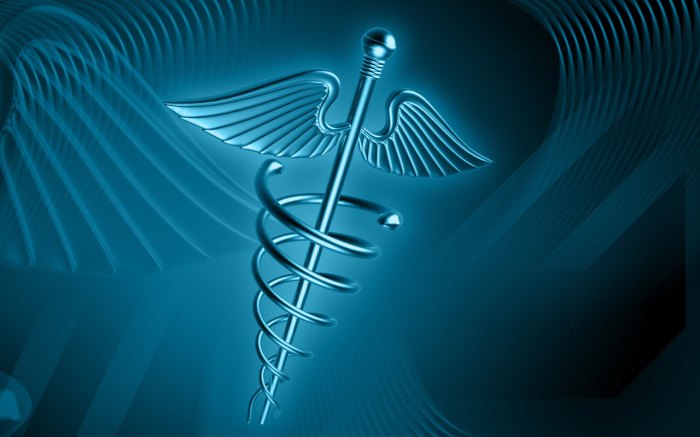
In conclusion, medical ozone therapy for spine conditions presents a promising avenue for treatment, but its efficacy and safety remain areas of active research. While promising, the available clinical evidence needs further rigorous evaluation. Understanding the potential benefits, limitations, and safety concerns is crucial for informed decision-making regarding this emerging therapy. Further research is vital to establish ozone therapy’s role within the broader landscape of spine condition management.
